Channel 10 has revealed the Microsoft Surface Computer, a fully functioning multi-touch computing system – a project which started four years ago and will be launched later this year. "Surface computers will start with Microsoft partners getting first shot at various public applications, you'll most likely see them in action in Las Vegas first. Eventually prices will come down and production will go up and I expect we'll all be waving through our playlists on our coffee table before we know it," according to Channel 10's Larry Larsen.
In the video, Mark Bolger, Director of Marketing Surface Computing, explains to Larry Larsen what surface computing is all about. The computer is comprised of a Vista-based system, multiple cameras using infrared light and a DLP projector. "We're looking at Microsoft's first surface computer. We're excited that we're going to make an announcement for this product on May 30th, at the Wallstreet's Journal D-conference. What we're going to be doing is announcing that this product will be available later this year in commercial partners that we have lined up. Specifically, we'll going to be going into hotels, retailers, entertainment venues, such as casino resorts."
Bolger then demonstrates how he and Larsen can use a program called Paint (not to be confused with Windows' MS Paint) with their hands in a multi-touch and multi-user environment. He then grabs two typical paint brushes and shows Larsen how the computer system detects different pressure and widths of the paint brush. He also shows how tagged objects with a dotted pattern can be used, more than once, to bring up a specific image (motionless or animated) on the table-screen.
Bolger then goes on to show an application from one of Microsoft's partners, T-mobile. When he places a phone on the surface the computer instantly recognizes it and starts spewing out images and information about the device. "What we're doing is we're blending the physical and virtual worlds together into one vibrant experience on a tabletop," he announces. When another phone is placed onto the table, the screen changes to compare the two devices in the space between them. Bolger physically moves them apart, giving the information displayed more space. Once the user chooses a phone, they can browse through possible plans, compare them, compare texting plans, check coverage areas, play a ringtone and add everything, by dragging and dropping, to the final invoice.
The tabletop computer can even help out your typical waiter. Bolger demonstrates how to browse through possible items for your order, whether you're doing it for the first time or if you've been at the restaurant before, using a card to bring up your past orders. Once a meal arrives, tagged cutlery can allow for further interaction with the table, whether it is an advertisement or a game to keep the kids busy. Once it comes time to pay the bill, if you wish to use multiple payment methods, just place them on the table divide the items accordingly. A tip calculator is also included.
Using yet another loyalty card, your associated online photos or videos from different online servers will appear on the screen. You can then take the content, view it, manipulate it and zoom in or out. Using a wi-fi camera, taking a picture, placing it on the tabletop, manipulating the photo with templates, turning it into a postcard, writing a quick message and sending it off using the online service from the original loyalty card, is all very easily done. Bolger then shows off how to use the tabletop as your tour guide, when entering a resort for example. Bolger shows how a map pops up and allows you to make reservations, purchase tickets and essentially plan out your day.
In terms of the music experience, the tabletop can be used to choose a specific song or album and place it in a queue or, throw it on your Zune via Wi-Fi. The same goes for sharing songs between two Zunes - the experience becomes a physical (virtual) reality. After carefully putting the Zunes away, Bolger demonstrates a video puzzle with glass blocks, which is essentially your typical puzzle except that the pieces are parts of a video that is being played back at you, audio and all. Bolger finishes off the demonstration with a calm tone. He shows how the Water program allows anyone (waiting in a lobby for example) to interact with a simple image.
![]() Video: iPod | PSP | WMV | WMV (High) | Zune
Video: iPod | PSP | WMV | WMV (High) | Zune![]() View: Press Release
View: Press Release![]() Link: Microsoft Surface
Link: Microsoft Surface![]() News source: Channel 10
News source: Channel 10








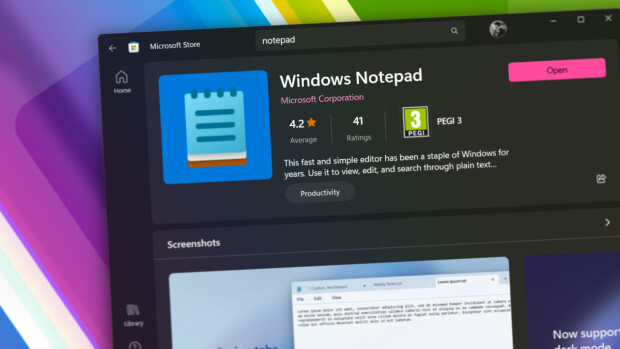
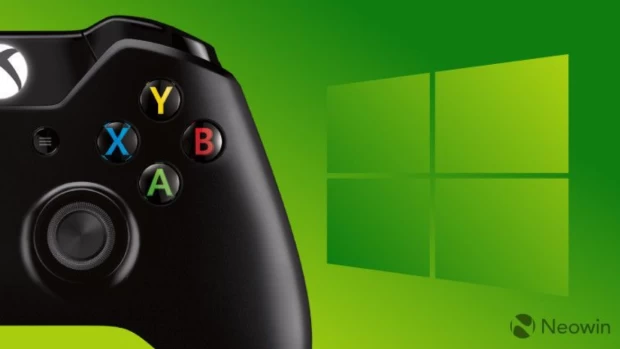

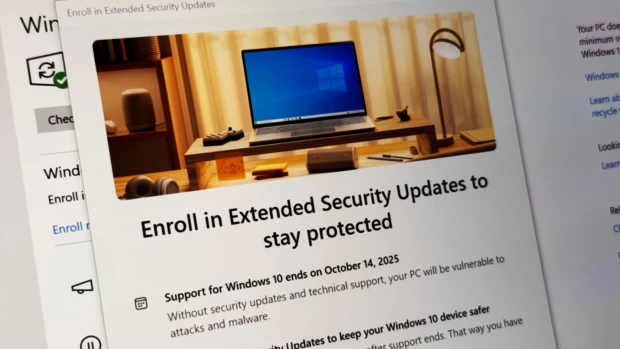
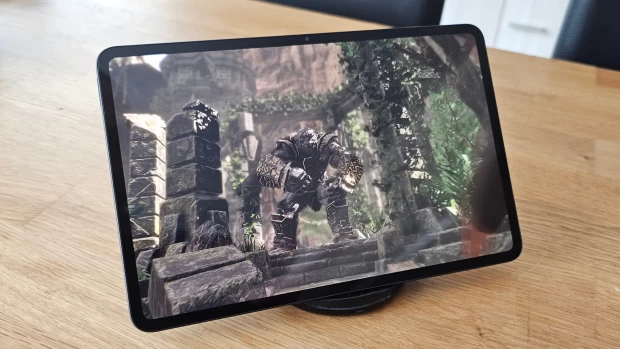
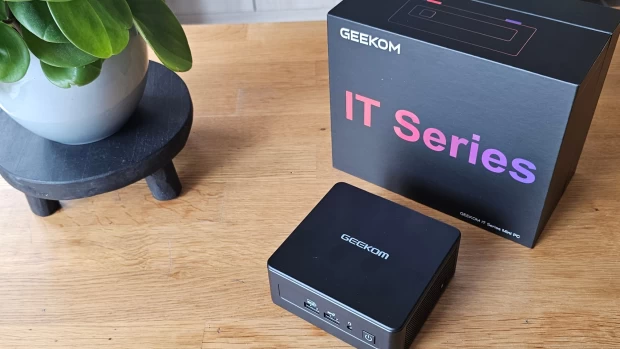






120 Comments - Add comment